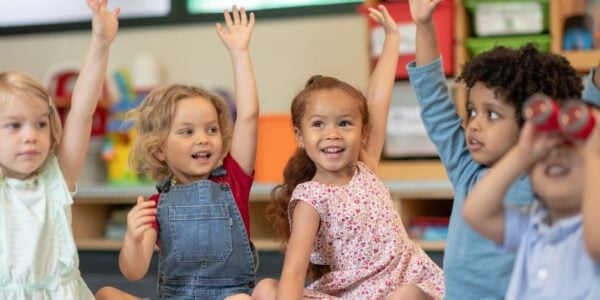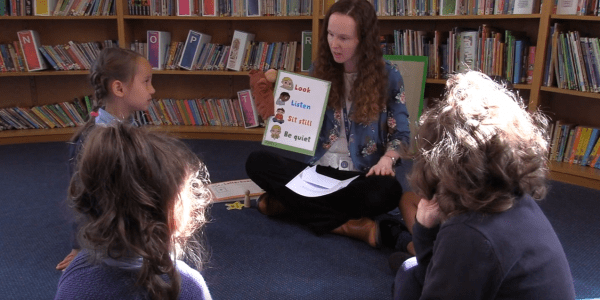
28/03/12
2 min read
Government pressure for university admissions reform is unlikely to trigger a marked increase in the number of 18-year-olds from poorer backgrounds going on to higher education, a new study has concluded.
Professor Les Ebdon, newly appointed director of the Office for Fair Access, courted controversy last month by saying he would be prepared to use financial sanctions against universities that fail to broaden their social intake. However, the study from the Institute of Education, University of London, says that widening access initiatives that focus solely on the admissions stage are mistargetted.
“More likely to be successful are policies which intervene earlier to ensure that those from poorer backgrounds achieve their potential during their school years,” concludes the study, funded by the Nuffield Foundation. “These young people would then be more likely to have the appropriate qualifications to apply to university.”
Its author, Jake Anders, says that teenagers from well-off backgrounds are almost three times as likely to reach university as those from poor families. This new estimate is based on his analysis of the educational paths of 7,860 members of the Longitudinal Study of Young People in England, born in 1989/90.
Two in three (66%) teenagers from families in the top fifth of the household income range entered university, compared to fewer than one in four (24%) from the bottom fifth. Anders found that the vast majority of this difference – just over four fifths — is explained by earlier educational attainment. Parents’ qualifications and the school attended also helped to determine who reached university.
His calculations suggest that household income itself – rather than the factors associated with it – also accounts for a small, but statistically significant, part of the difference in university entrance rates. However, Anders found relatively little disparity in entrance rates among young people from the top and bottom income groups who actually submitted applications. Almost seven in ten (68%) applicants from poor homes gained a university place, compared to just over eight in ten (85%) applicants from families in the top income group.
Anders also examined the backgrounds of students winning places in Russell Group universities, the UK’s most prestigious research-intensive institutions. His research confirms that, even if they reach university, young people from poor backgrounds are much less likely to attend a Russell Group institution than their more advantaged peers.
Only one in six students from poor homes who entered university gained a place at a Russell Group university, compared to more than one in three from the highest income band. It is not possible, however, to say whether this is due to poorer children not applying to these universities or because their applications are unsuccessful.
Professor Ebdon accepts that many teenagers from poorer backgrounds do not see Russell Group institutions as suitable for them. “That seems to me to be the biggest challenge,” he told a committee of MPs last month. “It may be as simple as, ‘If you do an interview, make sure you do not do it in a baronial hall; do it in a friendlier atmosphere’.”
Anders agrees that changes in perception are needed but adds: “My study suggests that policies aimed at reducing the university participation gap at the interview stage will have little reward. Universities need to work with schools to ensure that younger children from poorer backgrounds realise that they can apply to any institution at 18, provided their grades are good enough.”
This study forms part of a wider project, ‘Higher Education Funding and Access: exploring common beliefs’.

















































